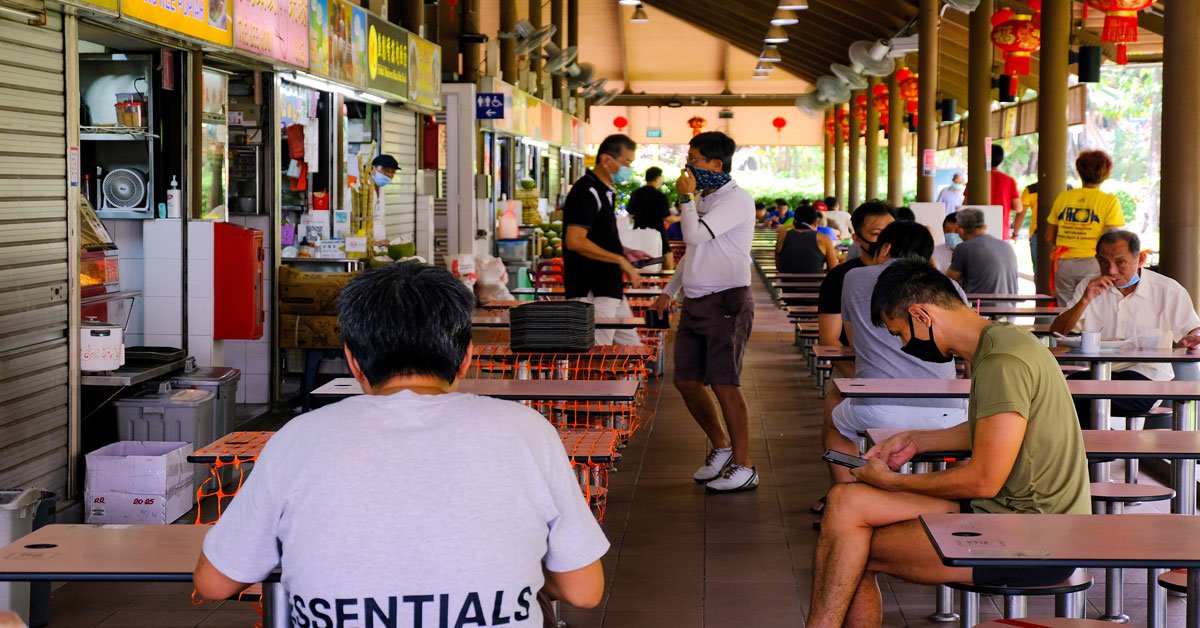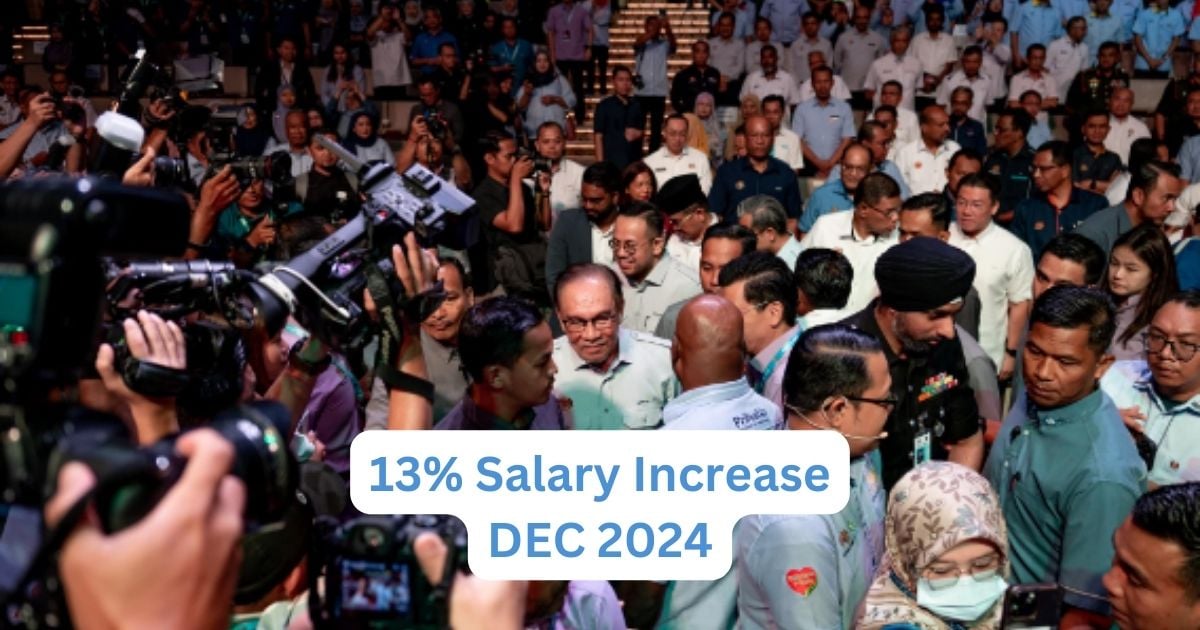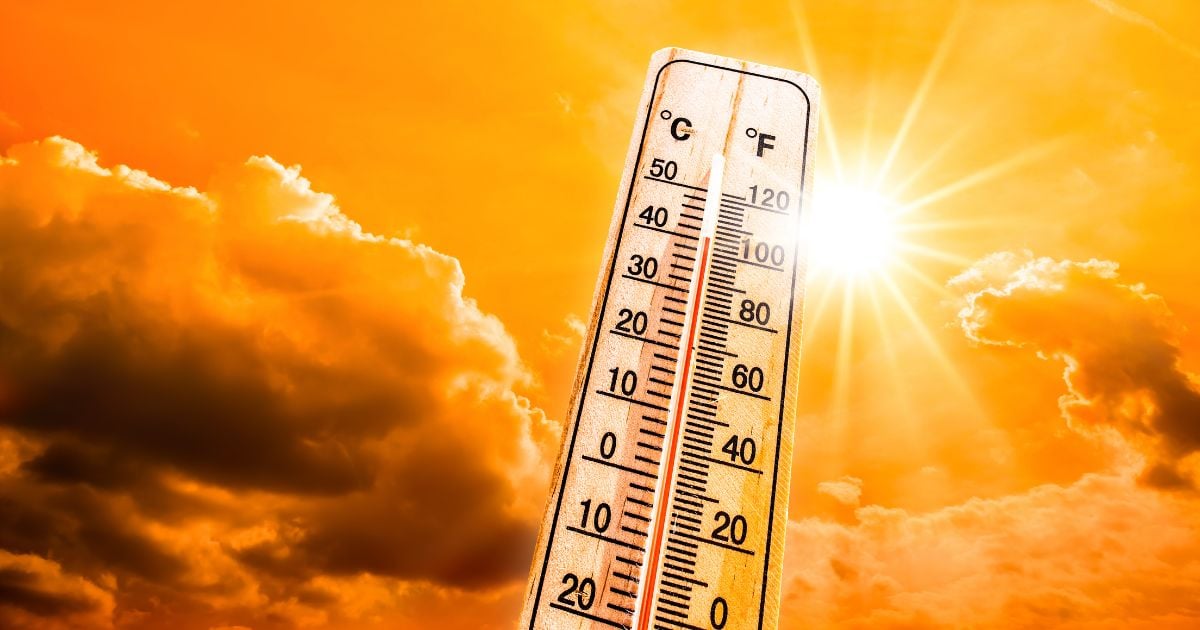The thing with humans is that we’re never satisfied with what we have. We always want more and more.
Take the current COVID-19 restrictions; for weeks and weeks, we’ve been waiting to dine out with our friends and family and were finally allowed to do so from 10 Aug in twos at coffee shops and hawker centres.
But after a few days of enjoying dining in pairs, we wanted more people to join us.
The cries to increase dining caps grew so loud that the Ministry of Health (MOH) and the National Environment Agency (NEA) had to issue a response.
MOH & NEA Said It’s Impractical to Increase Dine-In Cap at Hawker Centres & Coffee Shops
Hell no, is essentially the answer MOH and NEA gave.
With the porous nature of hawker centres and coffee shops, along with a confusing blend of dine-in and takeaway customers, increasing dining caps would simply be “impractical”.
“If we require vaccination status checks at hawker centres and coffee shops, it will add to the burden of already struggling operators and stallholders,” they said.
Allowing dining in at all at coffee shops and hawker centres was a concession, the authorities said, given how high-risk an activity it is.
Since people remove their masks and interact in close quarters, those who are unvaccinated are especially at risk of contracting COVID-19, and consequently falling very ill.
But the authorities made the concession to help our hawkers and stallholders out, while limiting the spread of the virus.
Responding to FB Post by Makansutra Founder
MOH and NEA were responding to a recent Facebook post by Makansutra founder K. F. Seetoh, where he said it’s ironic that the cap for dine-in patrons at air-conditioned food courts is five, while it’s only two at coffee shops and hawker centres.
He noted that the current dining-in caps are having a huge impact on the livelihoods of hawkers.
Not only is it hindering their ability to pay the bills, but it’s also affecting their mental health as well, Mr Seetoh said.
He said he knew of 150 hawkers who left the business last year.
According to MOH and the NEA, the occupancy rate for cooked food stalls in NEA-managed centres has remained high – at an average of 97%.
Providing Relief Through Policies
Juggling lives and livelihoods has been a challenge for governments all over the world, as COVID-19 greatly threatens both.
In addition to allowing dining in at coffee shops and hawker centres, the authorities have also provided financial relief through funds like policies like the Market and Hawker Centre Relief Fund.
Those eligible for the fund would receive one-off cash assistance of S$500 per stallholder.
All individual cooked food and market stallholders at hawker centres managed by the NEA and NEA-appointed operators are eligible for the fund.
Most hawkers have already received the money, the authorities said.
In addition, there have also been rental waivers and subsidies, as well as financial support for hawkers who sign up with online delivery platforms.
Read Also:
- MOH Investigating 2 New COVID-19 Clusters in Punggol & TPY Bus Interchanges
- Man Stole Excavator from Jurong Industrial Area, Tried to Sell It & Then Fled to Malaysia
Featured Image: kandl stock / Shutterstock.com




